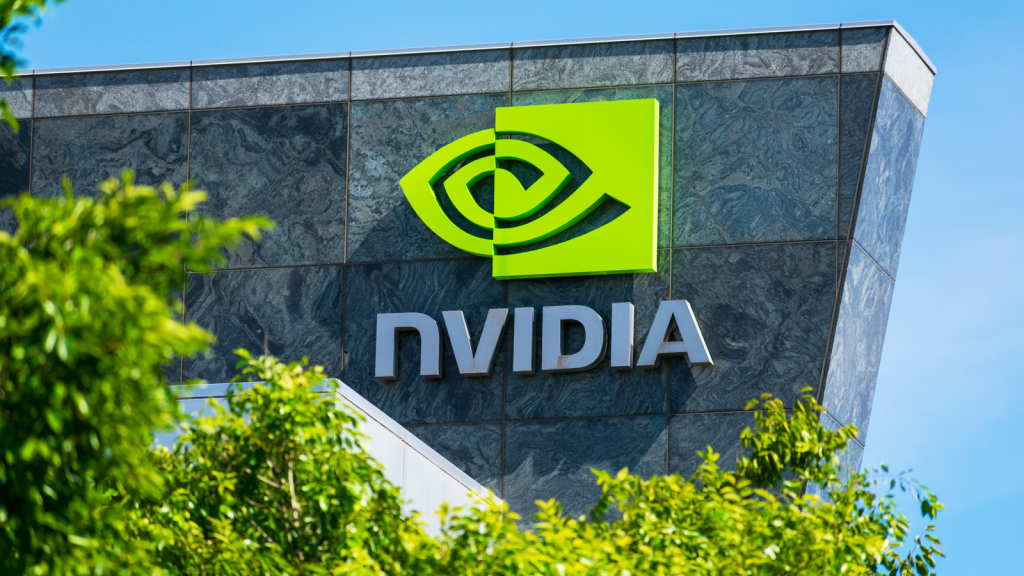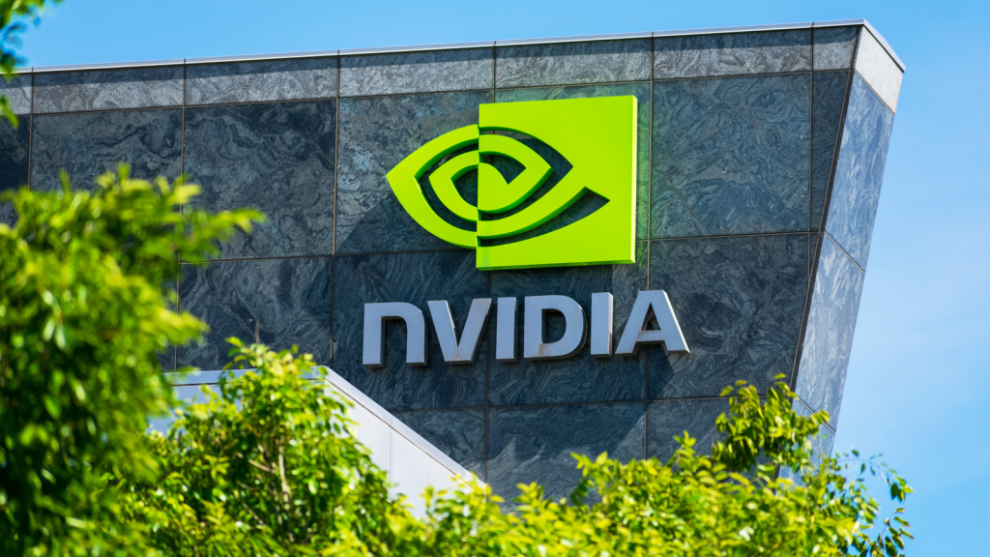
Hello, Reader.
Although I know it sounds hard to believe, there was a time when Nvidia Corp. (NVDA) wasn’t one of the hottest stocks on Wall Street. When the company went public on January 22, 1999, it opened at $12 and then traded as low as $0.03 in May 1999.
In the 24 years since its IPO, though, Nvidia has grown remarkably in popularity and its stock price along with it. In fact, CNBC’s Jim Cramer even named his dog “Nvidia” back in 2017.
The hype surrounding Nvidia has turned into such a frenzy that even its second-quarter earnings report was considered a must-watch event. A group of investors in New York organized an earnings “watch party” for Wednesday evening. Somehow, Nvidia’s earnings had turned into Wall Street’s Super Bowl, or its version of the Oscars.
So, how did Nvidia do?
The chip company’s second-quarter revenue soared 122% year-over-year to a record $30.0 billion, which topped estimates of $25.64 billion. Data center revenue also set a new record, jumping 154% year-over-year to $26.3 billion.
Second-quarter earnings surged 152% year-over-year to $16.95 billion, or $0.68 per share, compared to $6.74 billion, or $0.27 per share, in the second quarter of 2024. The consensus estimate called for earnings of $0.64 per share, so Nvidia posted a 6.3% earnings surprise.
However, while Nvidia surpassed expectations, investors were clearly looking for an even bigger earnings “beat.” As. As a result, the stock pulled back today.
The “unstoppable” stock is now facing “never ending” scrutiny, and questions are arising about the sustainability of its meteoric rise.
This is why, while I wouldn’t bet against the chip king… I don’t play into the hype, either. Companies as dominant as Nvidia often gain lofty valuations, and they can maintain those valuations for what seems like forever.
That said, Nvidia will have to continuously achieve nearly miraculous results to validate and/or expand its valuation.
Instead, I prefer to look where the watch-party viewers aren’t watching.
So, in today’s Smart Money, I’d like to offer some real-world examples and personal experiences that challenge majority beliefs about highly praised stocks and their overlooked counterparts.
Then, I’ll share where you can find a few of these unexpected winners…
Applying Popular Opinion
Let’s go back to 2007, when the myopia of Wall Street analysts and the financial press produced a case of being blindly bullish and blindly bearish on two companies.
Analysts heaped praise on one particular company, while heaping scorn on another. Let’s call them Company A and Company B.
In July 2006, Standard & Poor’s affirmed Company A’s ‘AA+’ financial strength. In explaining this investment-grade rating, S&P wrote…
The ratings are based on the group’s extremely strong and well-diversified global competitive position, consistent track record of strong operating performance… and strong organic growth in capital.
In June 2007, the credit rating firm A.M. Best affirmed Company A’s superior financial strength rating of A++. It cited the company’s “consistently strong earnings performance, solid risk-adjusted capitalization, sound liquidity position, and diverse product portfolio.”
Over the ensuing 15 months, Company A’s shares plummeted 95% and faced a near-death experience.
That was American International Group Inc. (AIG), which would have failed completely in 2008 if not for a $182 billion bailout from the U.S. government.
Meanwhile, while many investors were cheering AIG in mid-2007, almost no one on Wall Street or in the financial press had anything good to say about Company B. In June 2007, for example, only seven analysts rated the stock a “Buy,” while 12 rated it a “Sell” or “Hold.”
A New York Post story from July 27, 2007, captured the zeitgeist of the moment…
[Company B] has been besieged by bad news in recent days… Making matters worse, [Company B’s] challenges don’t figure to go away anytime soon.
Despite this dour forecast, Company B’s shares would soar more than 1,300% over the ensuing four years, even though the stock market averages plummeted during the 2007-’09 financial crisis.
Company B was Netflix Inc. (NFLX).
Interestingly, the main challenges Netflix faced, according to that New York Post story, was “stiff competition from rival Blockbuster” – a company that would barely exist four years later.
Opposition Can Lead to Opportunity
As these examples illustrate, popular opinion is more often your portfolio’s enemy than its friend.
Many of the most successful investment recommendations of my career emerged from the ranks of stock market “dullards” and “misfits.” They were down-and-outers that most investors were avoiding or ignoring. They were the “loser” stocks that popular opinion scorned.
By contrast, many of the most successful short sale recommendations of my career belonged to the ranks of stock market darlings. The stocks that could do no wrong, according to popular opinion.
Allow me to present a couple of examples…
- In early December 2000, I recommended buying Humana Inc. (HUM) and shorting the now inactive Williams Communications Group Inc. (WCG). At that time, zero analysts rated Humana a “Buy,” while 12 analysts rated is a “Sell” or “Hold.” By contrast, four analysts rated Williams a “Buy,” while only one rated it a “Sell” or “Hold.”
Less than two years later, Williams filed for bankruptcy, while Humana had produced a modest gain. Within three years, Humana had advanced 80%, even though the S&P 500 was producing losses. And over a seven-year time frame, Humana soared more than 500%.
- In March of 2001, I recommended buying AngloGold Ashanti plc (AU) and selling short Providian Financial Corp. (PVN). At that time only three analysts rated AU a “Buy,” while six rated it a “Sell” or “Hold.” By contrast, 17 analysts rated PVN a “Buy,” while only four rated it a “Sell” or “Hold.”
One year later, PVN had imploded more than 90%, while AU had soared more than 50%.
Now, I’m not saying that Nvidia will deteriorate as Williams and Providian did. But the likelihood of marginal gains, or even losses, from this point is greater than the likelihood of significant double-digit gains.
Moving from these past examples to the present moment, I recommend several stocks that popular opinion ignores in my Fry’s Investment Report portfolio.
One such company is in the healthcare sector… and only two analysts view it favorably. The other five who follow the stock rate it a “Sell” or “Hold.” However, the company is currently up nearly 30% since I recommended it back in February.
To gain more insight into my recommendations, and to stay ahead of emerging global macro trends across various industries, click here to learn how to join me at Fry’s Investment Report.
Obviously, I cannot ever guarantee that contrarian recommendations will succeed as well as I expect. But I have learned from long experience that challenging popular opinion often leads to investment opportunity, thus opening the door to identifying trends that are early in their development – before they have influenced share prices in a significant way.
Regards,
Eric Fry





